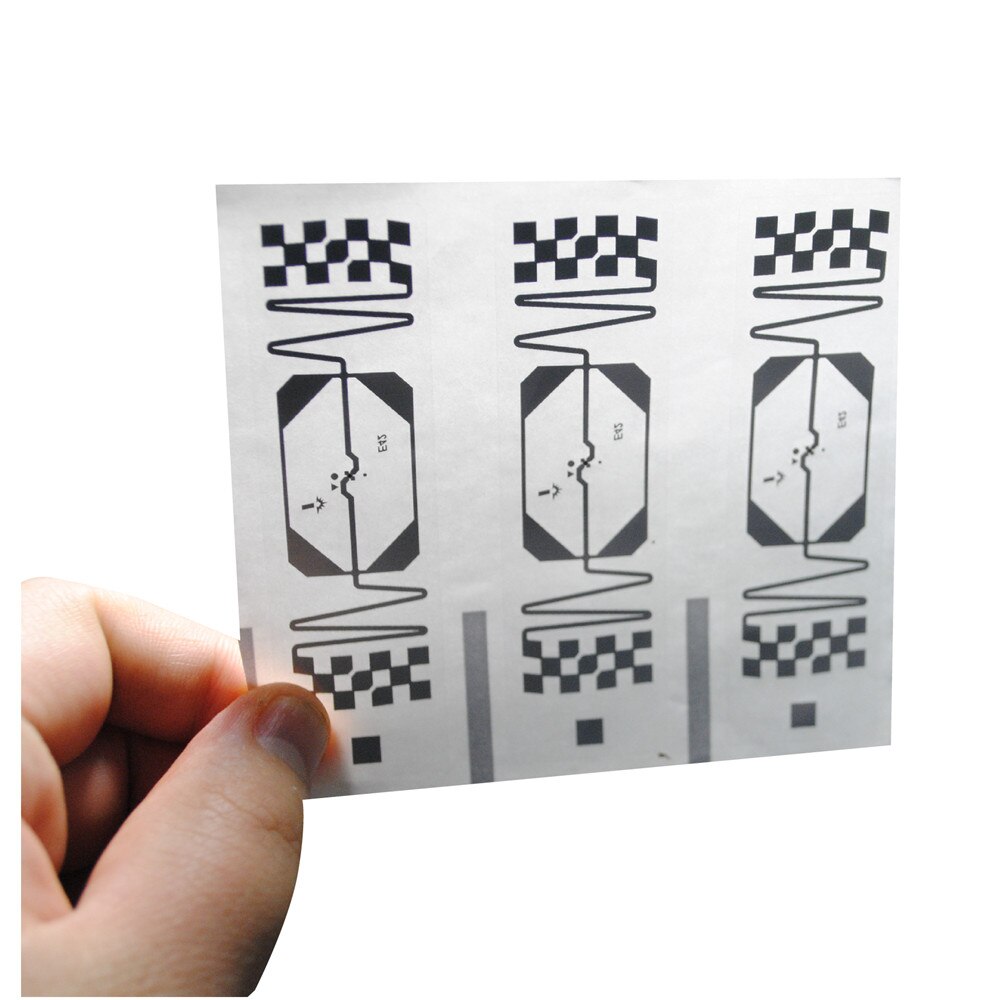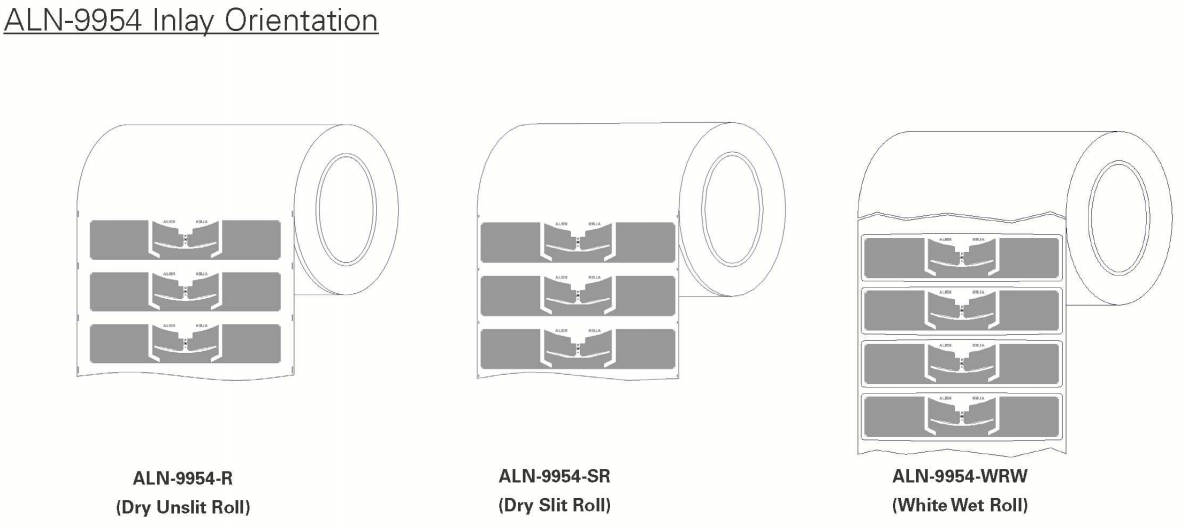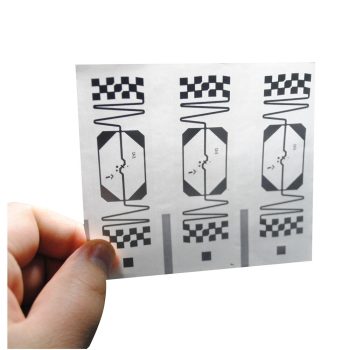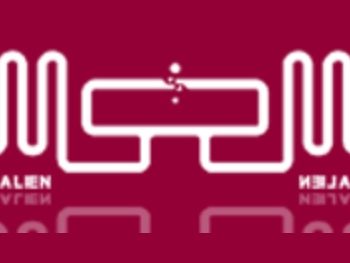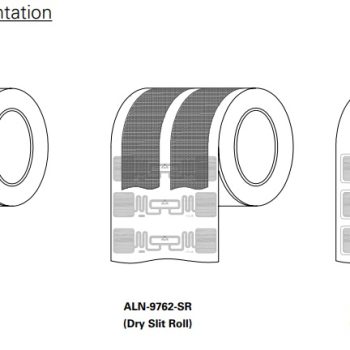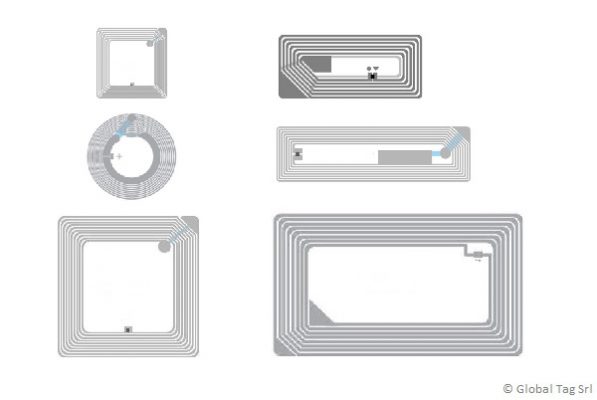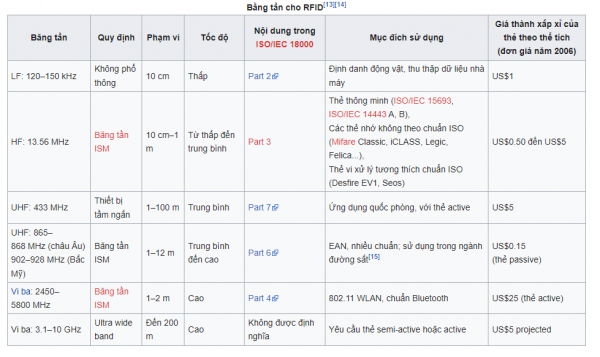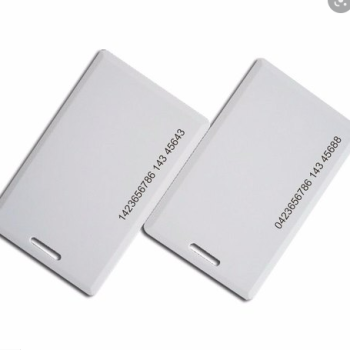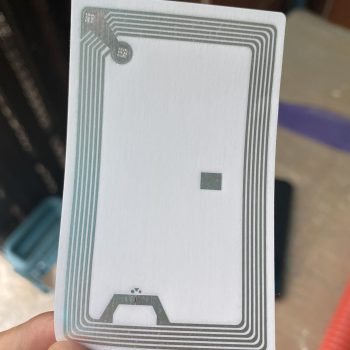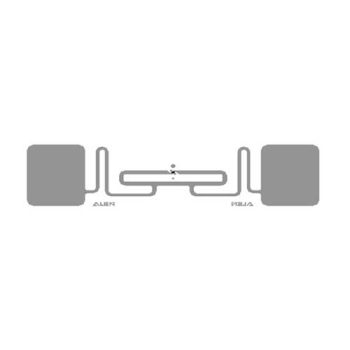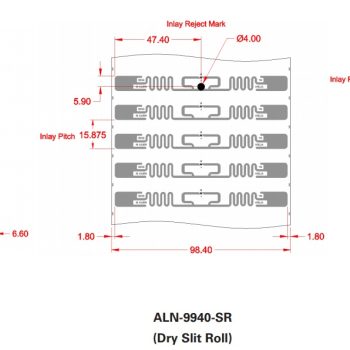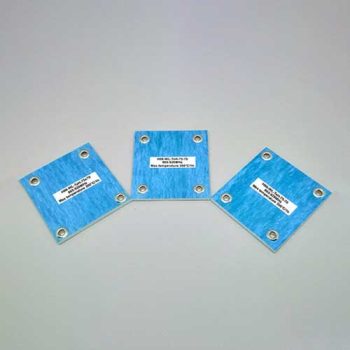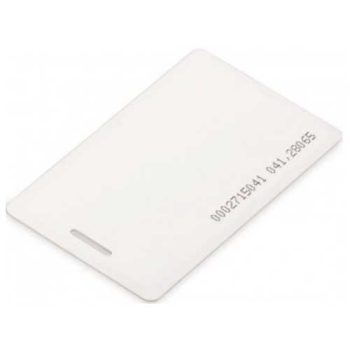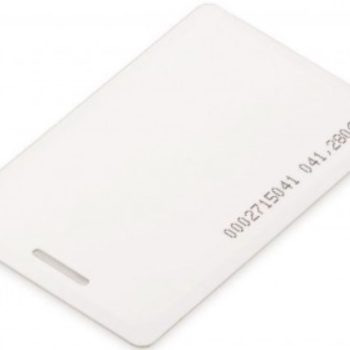What is RFID Tag?
1. Definition of RFID Tag
- RFID tags consist of three main components:
- Inlay (Antenna): This is a device used to attach the RFID chip, which receives radio waves when transmitted to it.
- RFID Chip: The main device that receives radio waves through the RFID antenna.
- Label: Material enclosing the Inlay, allowing printing of content such as QR codes or product names on its surface.
- RFID Chip (Radio Frequency Identification):
- Is a technology using an electromagnetic field to automatically identify and track tags attached to objects.
- An RFID system includes a small transmitting device, a receiver, and a radio transmitter.
- Activated by an electromagnetic pulse to query data from a nearby RFID reader, the RFID tag responds with digital data, typically a formatted value unique to that tag, to the RFID reader.
2. Types of RFID Tags
- Passive tags:
- These tags derive power from the radio waves emitted by an RFID reader for data retrieval purposes.
- Effective operational range of these tags ranges from a few centimeters to several meters (M).
- Active tags:
- These tags are powered by a battery.
- They can be read from a considerable distance by an RFID reader.
- Effective range can extend up to hundreds of meters.
3. Differences with Barcodes:
- RFID tags do not need to be within the reading range of an RFID reader.
- They can be attached or embedded on objects for tracking.
- They enable simultaneous monitoring of multiple tagged objects.
4. Applications of RFID in Reality
- RFID tags are widely used in industries such as:
- In the automotive manufacturing process, an RFID tag attached to a car being assembled can track the entire production line process.
- RFID tags attached to pharmaceuticals support tracking them in warehouses.
- Implanted RFID chips in livestock and pets facilitate animal identification.
- RFID tags can also be used in store payment processes.
- To prevent theft in retail stores.
5. Other Management
- As RFID tags can be attached to physical items like assets, clothing, paper money, or implanted in humans or animals, concerns about potential information theft related to the owner of those RFID-tagged objects have raised privacy concerns.
- These concerns have led to the development of technical standards for RFID technology related to privacy and security.
- ISO/IEC 18000 and ISO/IEC 29167 use encryption methods on chips to prevent tracking, authenticate tags and readers, and over-the-air privacy.
- ISO/IEC 20248 specifies an electronic signature with data structure for providing data, authenticating source and method of RFID and barcodes.
- This regulatory work is carried out by ISO/IEC JTC 1/SC 31 (ISO/IEC JTC 1/SC 31 Automatic identification and data capture techniques).
- A subdivision of ISO, and the International Electrotechnical Commission (IEC) Joint Technical Committee (JTC).



 Tiếng Việt
Tiếng Việt